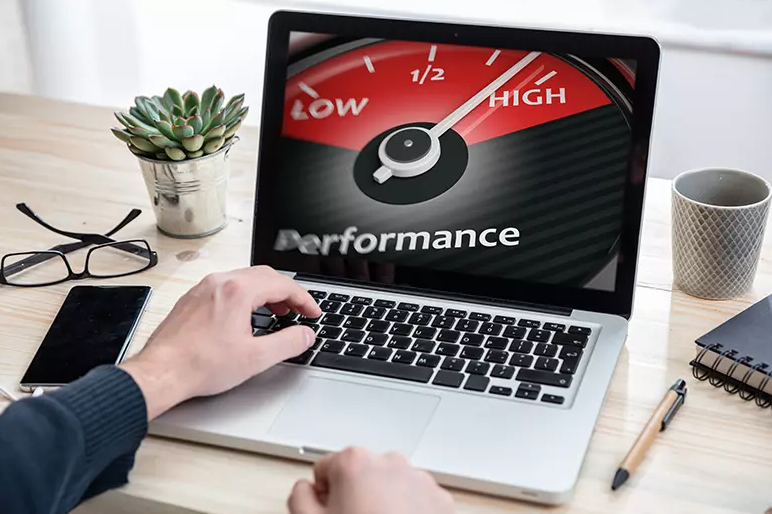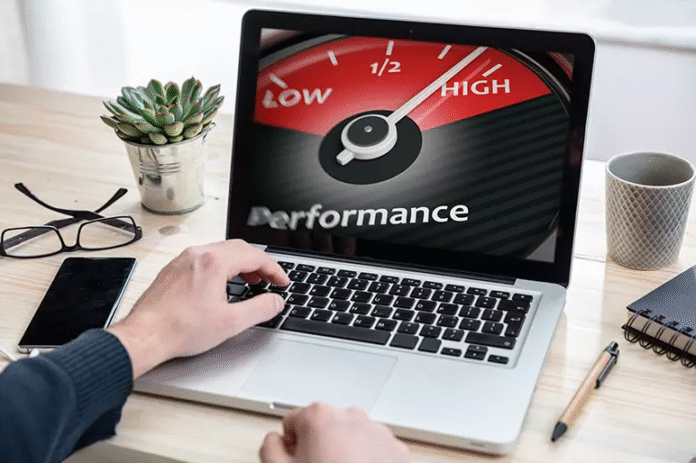If you’ve noticed your computer lagging, freezing, or taking ages to start up, you’re not alone. How to speed up Windows 10 PC like a Pro. Many users experience a slow Windows 10 PC after months or years of use, but here’s the good news: you don’t need to reinstall Windows to fix it. With a few simple tweaks and system cleanups, you can easily speed up your Windows 10 PC and get it running like new again.
Below are five tried-and-tested ways that can drastically improve your computer’s speed and performance without a full reset or reinstall.

1. Disable Startup Programs to Speed Up Windows 10 PC
When your computer boots up, dozens of programs may automatically start running in the background, eating up valuable memory. To control this:
-
Right-click the taskbar and open Task Manager.
-
Go to the Startup tab.
-
Disable unnecessary apps that you don’t need at startup.
Apps like Spotify, OneDrive, or Adobe Updaters are common culprits. Disabling them reduces boot time and helps Windows start faster.
👉 Pro Tip: Only disable apps you recognize. Essential drivers or antivirus software should stay enabled.
2. Free Up Disk Space Using Built-in Tools
A cluttered hard drive can slow down your system’s response time. To speed up Windows 10 PC performance, clear unnecessary files regularly.
Here’s how:
-
Open Settings > System > Storage.
-
Turn on Storage Sense, which automatically deletes temporary and cached files.
-
Manually delete old downloads, recycle bin files, and unused apps.
If you’re low on space, move large files to an external drive or cloud storage like OneDrive.
This simple cleanup can free gigabytes of space and noticeably boost performance.
3. Update Your Device Drivers
Outdated or corrupted drivers can cause slow performance and glitches. Keeping your drivers up to date helps your computer communicate effectively with hardware.
Follow these steps:
-
Press Windows + X and select Device Manager.
-
Expand each category and right-click devices like “Display Adapters” or “Sound, video and game controllers.”
-
Select Update Driver and follow the prompts.
Alternatively, you can visit your PC manufacturer’s website (such as Dell, HP, or Lenovo) to manually download the latest driver updates.
This step can fix lag, display issues, or even sound delays.
4. Run Disk Cleanup to Speed Up Windows 10 PC
Windows includes a built-in tool called Disk Cleanup that can help remove junk files that build up over time.
-
Type Disk Cleanup in the search bar and select your main drive (usually C:).
-
Check boxes for Temporary Files, System Cache, and Recycle Bin.
-
Click OK and let it remove everything safely.
This not only clears clutter but also improves overall system speed and stability.
For deeper cleaning, try Microsoft’s PC Manager tool, which can optimize system performance even further.

5. Scan for Malware or Unwanted Software
Malware, spyware, or hidden background programs can cause severe slowdowns. Performing a quick scan can ensure your Windows 10 PC stays fast and secure.
Here’s how to check:
-
Open Windows Security from the Start Menu.
-
Go to Virus & Threat Protection.
-
Choose Quick Scan or Full Scan.
You can also use third-party tools like Malwarebytes for an additional layer of protection. Regular scans can prevent performance drops caused by malicious software.
Bonus Tip: Adjust Visual Effects
Windows 10 includes fancy animations and transparency effects that can slow down older PCs. To turn them off:
-
Press Windows + R, type sysdm.cpl, and hit Enter.
-
Under the Advanced tab, click Settings under Performance.
-
Choose Adjust for best performance or manually deselect visual effects you don’t need.
This tweak can make your system feel snappier, especially if your computer has limited RAM.
Maintain Your Speed for the Long Term
To keep your Windows 10 PC running smoothly:
-
Regularly restart your device to clear background processes.
-
Keep Windows updates installed.
-
Avoid installing unnecessary apps.
-
Use a lightweight antivirus instead of bulky ones.
With these simple yet effective methods, you can easily speed up your Windows 10 PC without reinstalling or buying new hardware. The difference will be noticeable, from faster startups to smoother multitasking.

